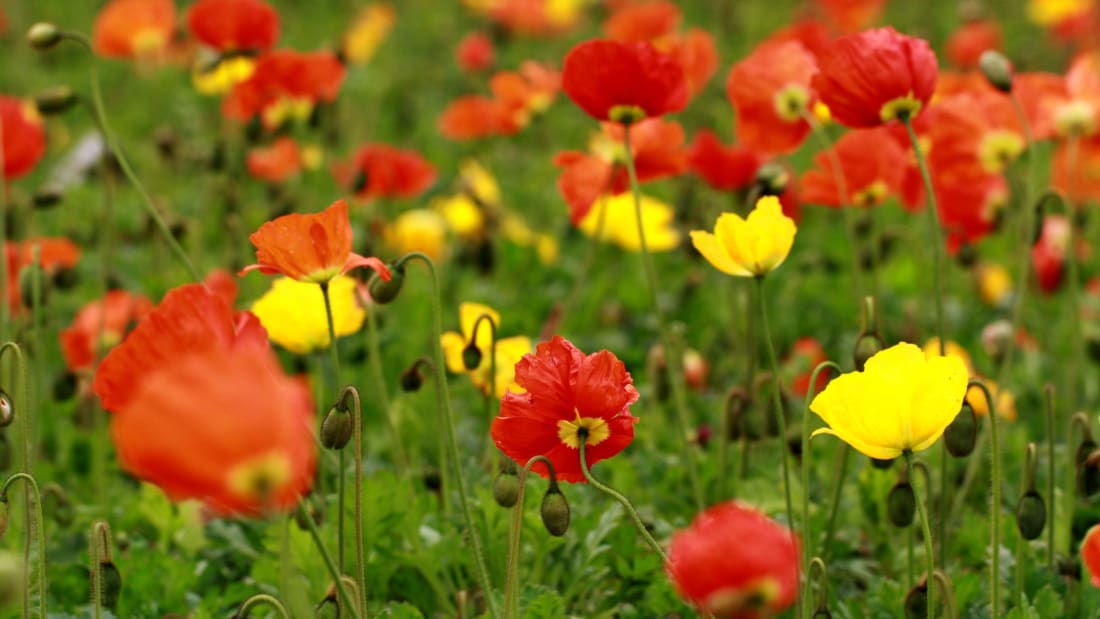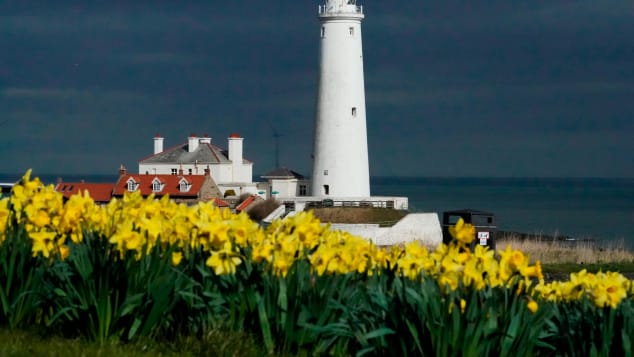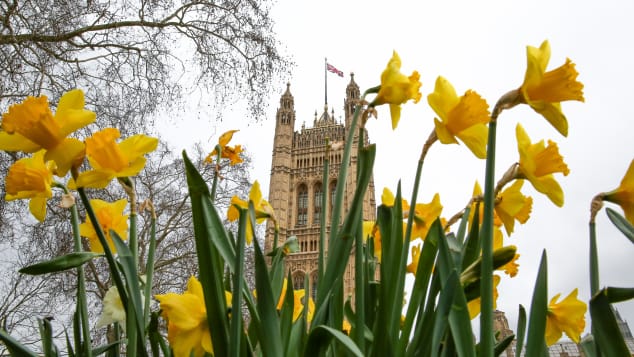Spring equinox 2020: Earliest arrival in more than a centuryForrest Brown, CNN • Updated 19th March 2020

(CNN) — Spring equinox comes with two notably different features in 2020 -- one sad, one happy.
First is the inescapable way the coronavirus pandemic has reshaped almost every aspect of life. And that includes the cancellations of annual equinox rituals and celebrations around the world, including popular places such as Stonehenge in England and Chichen Itza in Mexico.
But on a much brighter note, the sun and Earth continue their eternal business unimpeded by a virus -- and we're getting a little jump on things this year.
This is the earliest arrival of spring equinox in 124 years. It's coming on Thursday, March 19, for almost all of the Americas. Much of the rest of the world will see its arrival in the early hours of Friday, March 20.

St Mary's Lighthouse greets the 2019 spring equinox at Whitley Bay on the northeast coast of England.
Owen Humphreys/PA Images/Getty Images
We're in this together
So we'll all share something else in our social-distancing solitude -- a glorious, near perfect balance of daytime and nighttime all over the world. From the equator extending to the poles, everyone will get just about 12 hours of each.
For people in the Northern Hemisphere who have been shivering through a dark winter and even darker times, the spring equinox brings the promise of longer days, increasing warmth, a burst of flowers and more time outdoors (six feet apart please).
For people in the Southern Hemisphere, especially in fire-ravaged Australia, it brings the blessed relief of a cooler autumn.
Below, we'll look at some of the science and facts behind it and learn more about why we're getting an earlier-than-usual arrival this year.
Spring equinox has another name
If you ever hear anyone say "vernal equinox," it means the same thing.
The term equinox comes from the Latin word "equinoxium," meaning "equality between day and night." And vernal also comes from Latin and means spring.
The equinoxes aren't exactly 'equal'
It turns out you actually get a little more daylight than darkness on the equinox, depending where you are on the planet.
How does that happen? As the US National Weather Service explains, the "nearly" equal hours of day and night are because of the complex way a sunrise is measured and the refraction of sunlight in our atmosphere.
This bending of light rays "causes the sun to appear above the horizon when the actual position of the sun is below the horizon." The day is a bit longer at higher latitudes than at the equator because it takes the sun longer to rise and set the closer you get to the poles.
You get that truly equal day/night split a few days before the official spring equinox. That's called the equilux.

Daffodils almost glow during spring equinox 2019 in Victoria Gardens in London.
Dinendra Haria/SOPA Images/LightRocket/Getty Images
Exactly when will spring equinox 2020 happen?
Frankly, it's a little complicated -- where you live on Planet Earth determines whether you'll have spring equinox on Thursday, March 19, or Friday, March 20.
If you want to be totally precise, spring equinox 2020 will occur at 3:49 UCT (Coordinated Universal Time) on Friday, March 20. If you live in London, that's easy to convert -- it's 3:49 a.m. local time. If you live in Hong Kong, that's 11:49 a.m. local time.
But if you live in Los Angeles, that converts to 8:49 p.m. local and puts you back to March 19. Click this link to plug in your location and determine your local time.
Related content
Spring, the unsung season
Earliest equinox in more than a century
If you're surprised that spring equinox is not falling on the 20th or 21st, it's for good reason. You have to go back to 1896 to get such an early equinox, according to the Farmers Almanac.
Why? Well, that's even more complicated than figuring out which day it is. It involves how leap years, leap centuries, the Gregorian calendar and the speed of the Earth's rotation don't precisely align and how and when we make periodic adjustments to sync things up as much as possible.
The bottom line is get used to more 19ths! Every coming leap year (2024, 2028, etc.) will give us a new "earliest" spring equinox. Later in this century, Europe, Africa and parts of Asia will eventually see spring equinoxes on March 19.
But for 2021, it will revert to the more usual March 20 -- and we hope a return to the gathering of crowds to marvel at the majesty of the timeless rhythms of nature.
https://www.cnn.com/travel/article/spring-equinox-2020-scn-trnd/index.html?fbclid=IwAR21h8okwGtwfP7YGl-yOrilUcDG37VcbVutFHup9er8FfePvu2dCU0zQqc
Thanks to: https://www.cnn.com









 Sat Mar 23, 2024 11:33 pm by globalturbo
Sat Mar 23, 2024 11:33 pm by globalturbo




